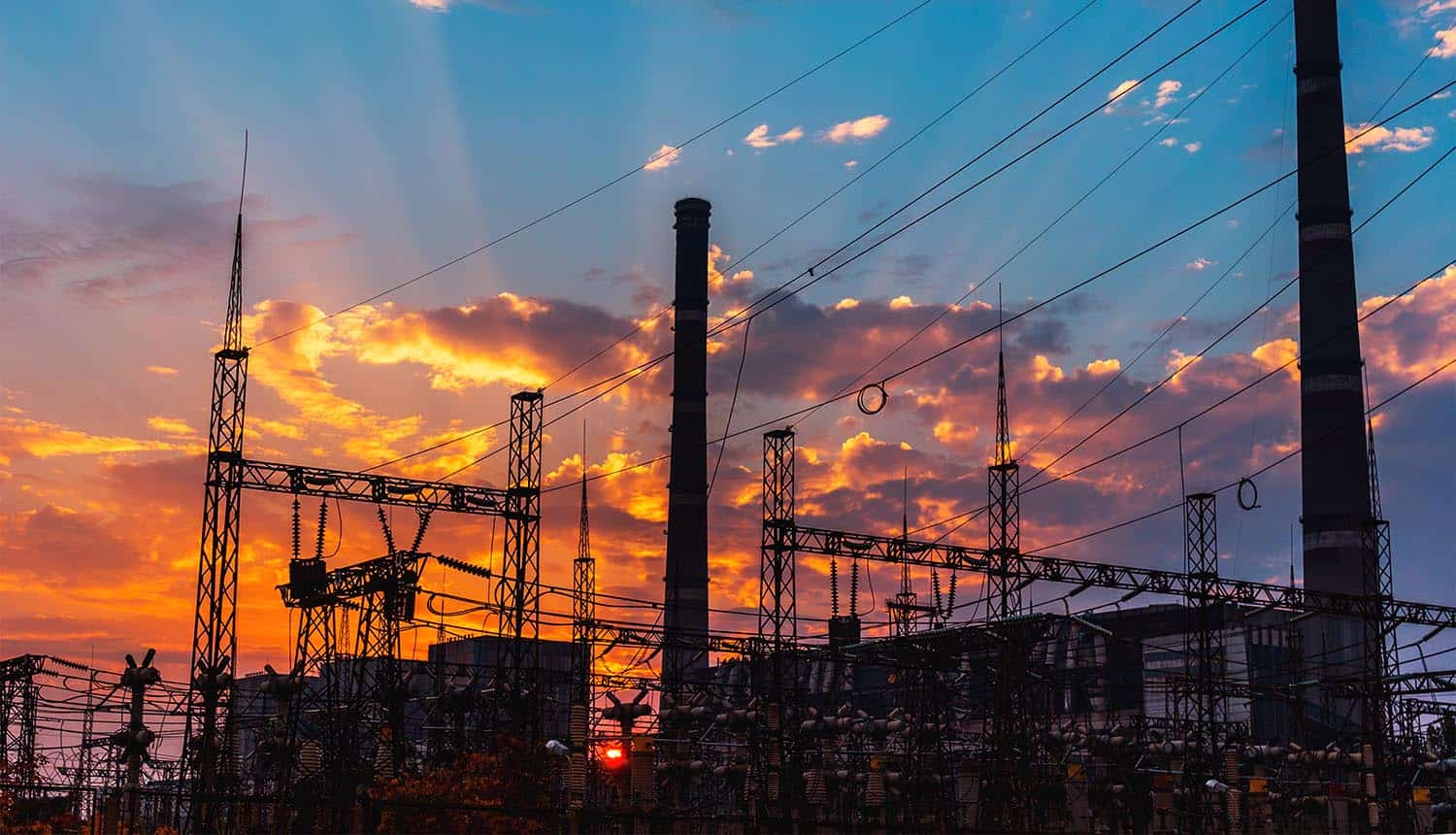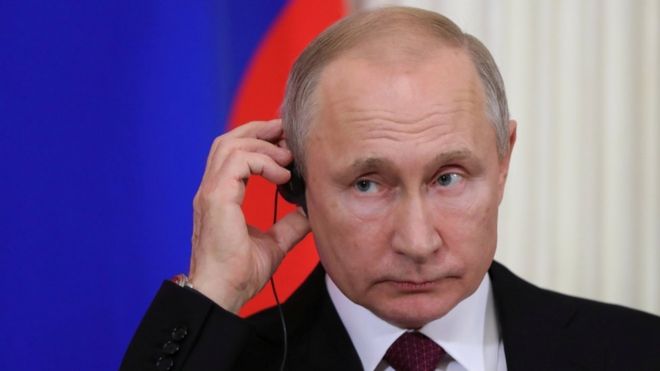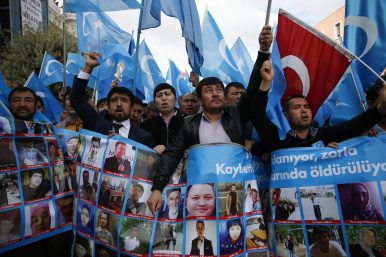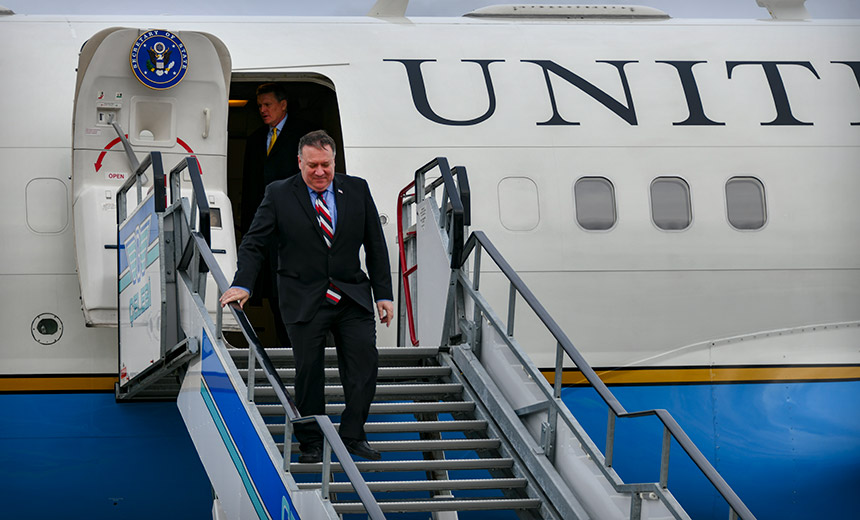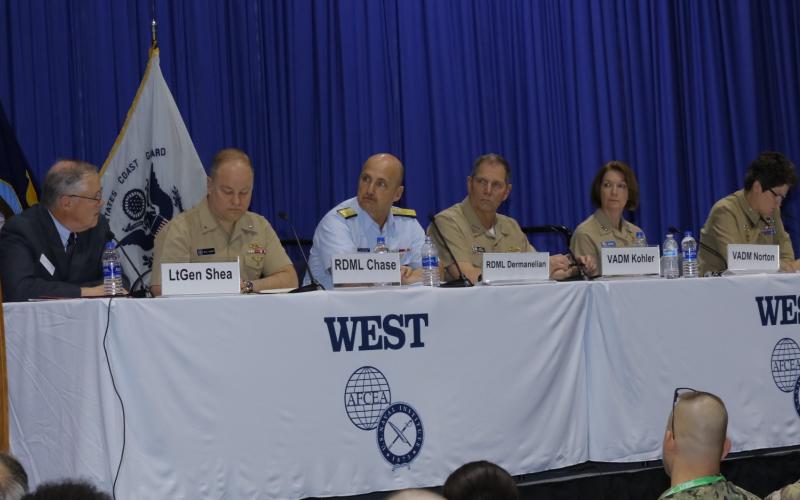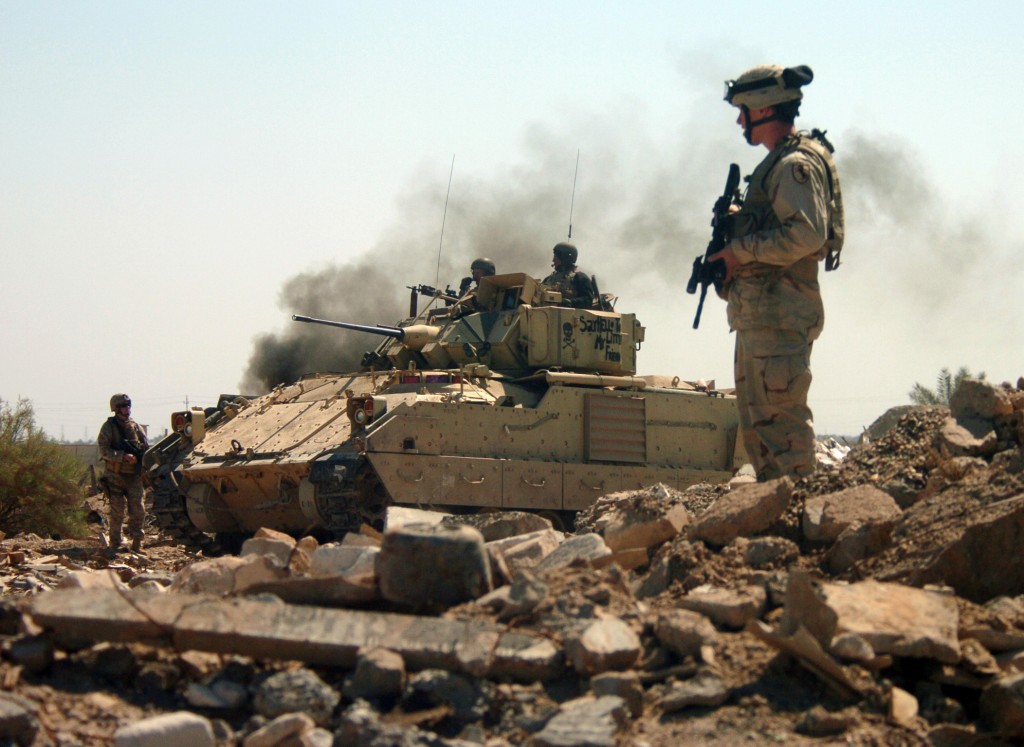LT GEN H S PANAG
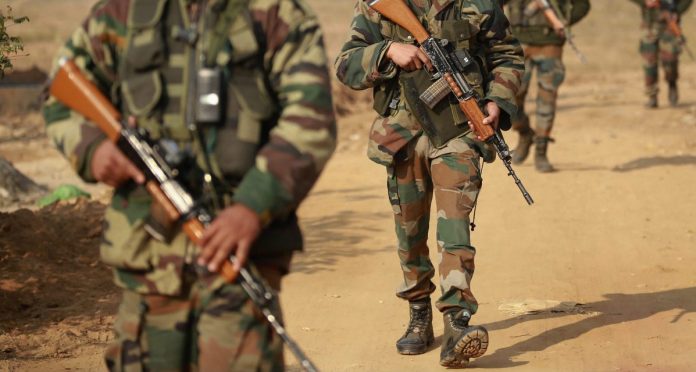 The Indian military's response should not be hurried; it must be strong and credible to make Pakistan sit up and take note.
The Indian military's response should not be hurried; it must be strong and credible to make Pakistan sit up and take note.
With less than three months left for the Lok Sabha elections, the Pulwama terror attack has put the Narendra Modi government in a tight spot. It could be a default timing, but the ISI calibrates all major terrorist strikes in Jammu and Kashmir. Pakistan-based Jaish-e-Mohammed has claimed to have organised the strike through its J&K chapter to which Adil Ahmad Dar, the suicide bomber, belonged.
More than the security forces who are trained to face adversity and setbacks, it is the public sentiment high on politically-inspired nationalism that may force the government to respond to Pakistan militarily.
But the response should not be hurried, it must be strong and credible to make Pakistan sit up and take note, and be part of a calibrated strategy to force compellence on Pakistan. We should be prepared to climb up the escalatory ladder as the situation develops. The 2016 surgical strikes were a tactical success but being a ‘one off’ operation, they did not achieve the desired strategic results. Another ‘one off’ retributory operation would be strategic folly.
Security challenges





